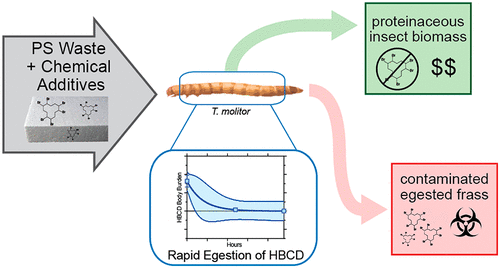It’s called the Extinction Wing. Located in a dark corner of the Paris Museum of Natural History, it houses a haunting collection of species that have long vanished from the natural world. With biodiversity declining faster than at any time in human history, what size museum will future generations need?
We now face a sixth mass extinction, in which an estimated one million species are predicted to disappear. Does it matter? We survived the dodo’s demise and, though tragic, will the imminent extinction of the northern rhino really affect our lives?
In fact, it will. All living things on our planet depend on healthy and diverse ecosystems for air, water, and nutritious food. These same ecosystems regulate the climate and provide the raw materials and resources on which our economies – and lives – depend. The annual global value of natural services each year is estimated to be $125 trillion.
Yet, biodiversity loss and ecosystem collapse are among the biggest risks to economic prosperity and global development, according to the World Economic Forum. For many, it is a matter of life or death. For all of us, it is an existential threat as far-reaching, complex, and urgent as climate change.
The world’s failure to meet almost all of its biodiversity goals highlights how we’ve underestimated that threat. Humanity wonders at the natural world but fails to value it. We pollute ecosystems, exploit their resources with abandon, and make them inhospitable. Too often, we fixate on the threatened extinction of iconic species – the polar bears and koalas whose suffering makes headlines – while ignoring the vast range of organisms we may never see, but which are essential to sustaining the habitats that support and shelter all life, including us.
The most endangered ecosystems are wetlands, including freshwater rivers, lakes, paddies, marshes and peatlands, and saltwater estuaries, mangroves, coral reefs, seagrass beds, and lagoons. We have lost 87% of our wetlands in the past 300 years, and 35% since 1970. Today, they are disappearing faster than any other ecosystem – three times faster than even forests. As they vanish, so does the life within them. More than 25% of wetland plants and animals – which comprise up to 40% of all the world’s species – are at risk of extinction, and stocks of other remaining species are declining rapidly.
The implications of this trend are sobering, given that wetlands are our most valuable ecosystem. Economically, they provide an estimated $47 trillion worth of services annually and a livelihood for about one billion people.
More fundamentally, wetlands clean and store water. At a time when one in three people worldwide lacks access to safe drinking water, and water-related conflict is on the rise, protecting these ecosystems saves lives. It also saves money: protecting a natural watershed providing clean water to New York City, for example, eliminated the need for a $10 billion water-treatment plant that would have cost $100 million per year to run.
Wetlands are also a major source of nutrition, including fish and rice – a staple food on which 3.5 billion people depend. The world’s largest mangrove restoration in Senegal shows how conserving and restoring wetlands can be a valuable strategy to tackle hunger and poverty. The restoration led to increased biodiversity; higher rice yields; and increased fish, oyster, and shrimp stocks. Along with improved food security, surplus catches continue to bring valuable income for villagers.
Wetlands are also among the planet’s most effective carbon sinks, and thus play a central role in climate regulation. That is why some countries – such as Scotland, Denmark, and others – have embarked on large-scale peatland restoration, with positive knock-on effects for wildlife.
But, despite the clear evidence, wetlands are largely sidelined in national and global policymaking. To redress this anomaly, the parties to the United Nations Convention on Biological Diversity will this year adopt an ambitious global roadmap to avoid mass species extinction while redefining a future where humans genuinely live in harmony with nature.
Proposed goals – including zero net loss and integrity of ecosystems by 2030 and a 20% increase in that area by 2050 – are essential. This is a critical opportunity to embed specific, measurable targets for protecting wetlands, and it must not be lost.
Commitments already exist to protect and better manage wetland biodiversity, such as the Ramsar Convention on Wetlands. But mainstreaming wetlands’ compelling role in global and national solutions concerning biodiversity would provide the impetus for the transformative action needed. It would also help deliver multiple international goals on climate change and sustainable development.
Future generations should not have to wander around vast extinction museums imagining lost worlds and mourning missed opportunities. They should not have to struggle to access the vital natural services that our planet is supposed to be able to provide. Unless we take urgent action to curb the next mass extinction, that will be the future that awaits them.
The views expressed in this article are those of the author alone and not the World Economic Forum.






















